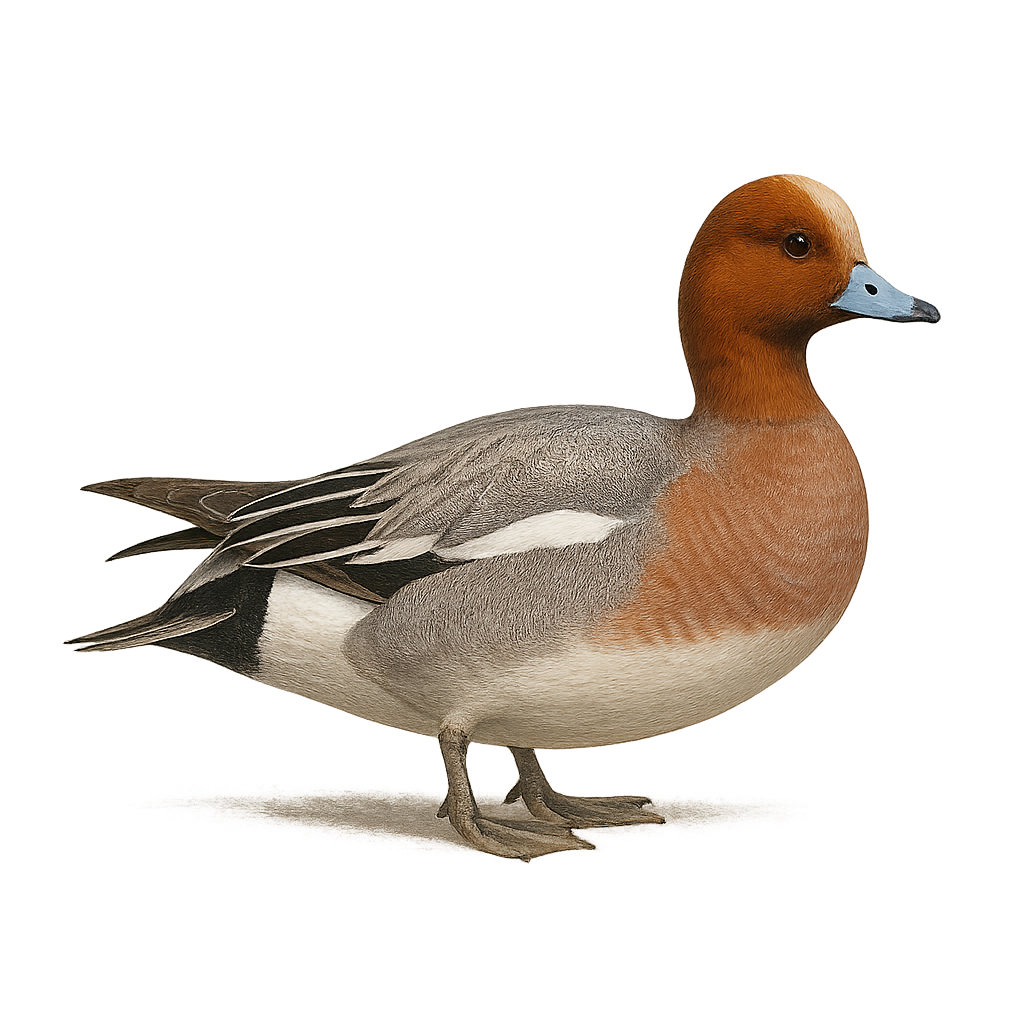Your wildlife photography guide.
Explore the eurasian wigeon in detail, study its behavior, prepare your shots.
Where to observe and photograph the eurasian wigeon in the wild
Learn where and when to spot the eurasian wigeon in the wild, how to identify the species based on distinctive features, and what natural environments it inhabits. The WildlifePhotographer app offers tailored photography tips that reflect the eurasian wigeon’s behavior, helping you capture better wildlife images. Explore the full species profile for key information including description, habitat, active periods, and approach techniques.
Eurasian wigeon
Scientific name: Mareca penelope

IUCN Status: Least Concern
Family: ANATIDAE
Group: Birds
Sensitivity to human approach: Suspicious
Minimum approach distance: 30 m
Courtship display: April to June
Incubation: 22-25 jours
Hatchings: May to July
Habitat:
Wetlands, lakes, ponds, rivers, and marshes of Europe and Asia, mainly in temperate regions
Activity period :
Primarily active during the day, with peak activity in the morning and late afternoon.
Identification and description:
The Eurasian Wigeon is an elegant waterfowl, easily recognizable by its distinctive plumage and characteristic whistle. The male, during the breeding season, has colorful plumage with a dark green head, light brown body, and a white stripe running across its neck. The female is more subdued, with speckled brown plumage, adapted for camouflage. This duck gets its name from the whistling sound it makes during its movements and social interactions.
The Eurasian Wigeon primarily inhabits wetlands, such as lakes, ponds, and marshes, where it feeds on aquatic plants, seeds, and insects. It is a long-distance migratory bird, leaving its breeding grounds in Europe to travel to warmer regions in Africa or the Middle East during the winter. While its population remains generally stable, it faces threats related to habitat loss and water pollution.
Recommended lens:
300 mm – adjust based on distance, desired framing (portrait or habitat), and approach conditions.
Photography tips:
To photograph the Northern shoveler, a telephoto lens is perfect for capturing its behavior on the water or when it moves in groups. The best photos can be taken early in the morning or at dusk, when the light is soft. Be discreet and respect their space, especially during the breeding season, to avoid disturbing their natural behavior.
The WildlifePhotographer App is coming soon!
Be the first to explore the best nature spots, track rutting seasons, log your observations, and observe more wildlife.
Already 1 430 wildlife lovers subscribed worldwide

